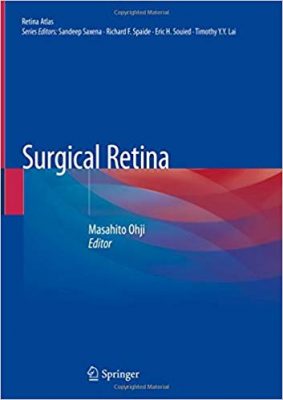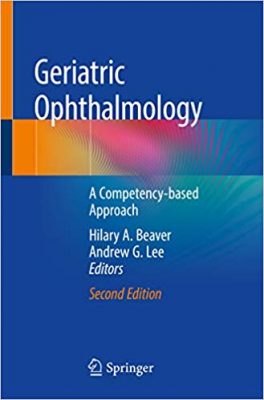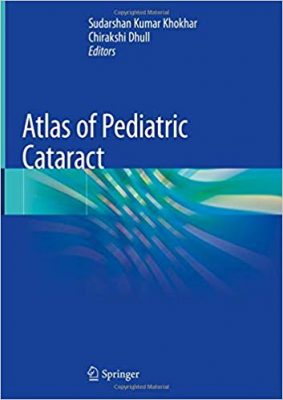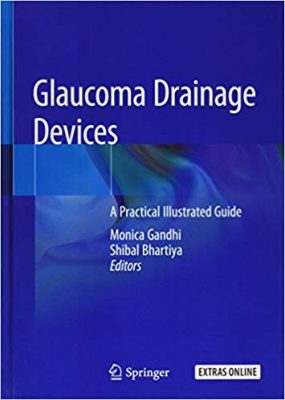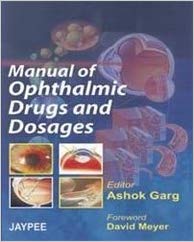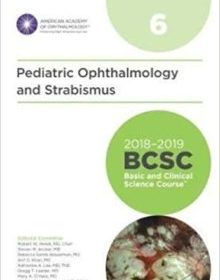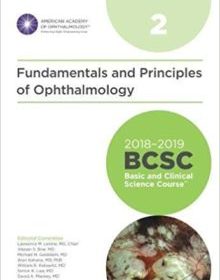The Ophthalmology Examinations Review 3rd Edition
The Ophthalmology Examinations Review 3rd Edition
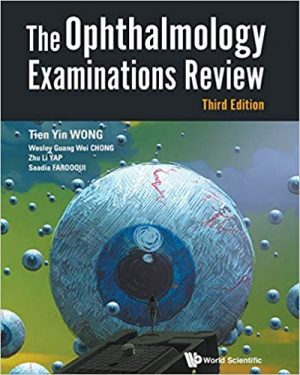
The Ophthalmology Examinations Review 3rd Edition
Since the last Edition of Ophthalmology Examinations Review, there has been major new discovery in the understanding of common eye diseases, and new treatments and diagnostic procedures have been refined or newly developed.
A revised Edition reflecting these changes is warranted at this time. The aim and scope of the book will be consistent with the previous two editions in that it will provide a broad review for the final year ophthalmology resident and trainees taking the specialist ophthalmology examinations. The book deals primarily with key facts and topics that are important from an examination perspective. Only information and facts that are considered relevant and critical to the exams are covered, with topics that may be of scientific interest, but are not common to exams specifically left out. This book will help the resident organize and synthesize knowledge acquired from various other sources or textbooks. While not meant to replace standard textbooks, enough information is contained within the book to serve as the main revision text nearer the exams.
The style and format of this book is intentionally didactic, with questions and short answers. The answer includes a “model opening statement,” followed by a classification system to aid organization of facts and then by the bulk of the answer in concise short notes. Exam Tips are inserted to provide an insight into how to answer different types of questions and when appropriate, a Clinical Approach section is also included.
In the new edition, topics such as new understanding of disease mechanisms, new investigations (e.g. OCT), and new procedures and treatment (e.g. use of anti-vascular endothelial growth factors, new refractive surgical techniques, new corneal transplant) are covered.
DOWNOAD THIS BOOK


